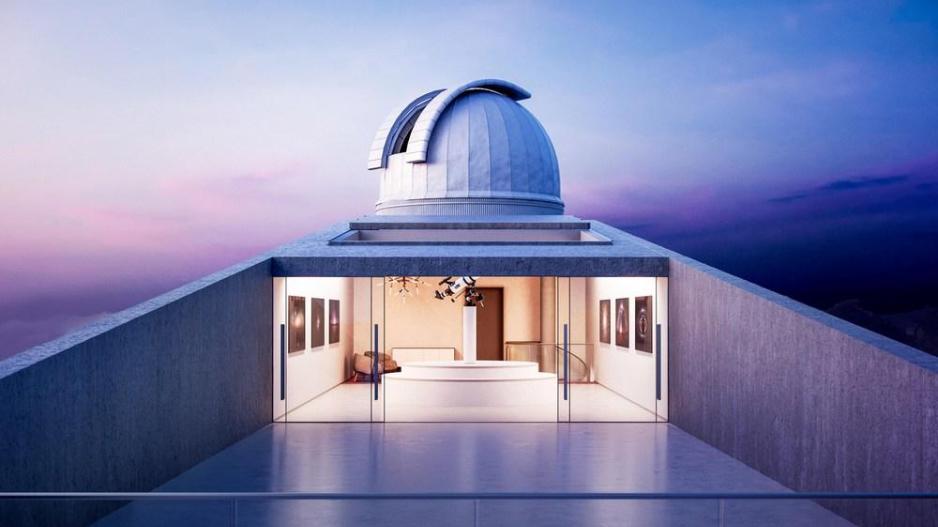Troodos Observatory Reaches Universe's Edge
In June, the Troodos Observatory Will Open Its Doors to the Public.
In June, the Troodos Observatory will open its doors to the public, offering the chance to observe planets, nebulae, stars, distant galaxies, and even the edges of the universe. According to astronomy guide Agapios Elias, the observatory's large telescope will allow for easy observation of spirals in distant galaxies, delicate nebulae shapes, and breathtaking images. "We can see to the edges of the universe," he emphasized.
The Troodos Observatory features two telescopes in specialized areas. The main telescope for stargazing is a half-meter diameter reflector telescope. Its dome opens electronically and is robotic, allowing it to target and follow celestial bodies anywhere in the sky.
The second area houses a helioscope, equipped with a special sliding roof for daytime solar observation. This makes it ideal for visitors during the day.
Additionally, the observatory includes an "astro-marina" – an outdoor platform where visitors can bring their amateur telescopes, connect to the building's power network, and conduct their own astronomical observations
Initially, the observatory will host afternoon and evening visits. Guests can arrive late afternoon to observe the sun with the helioscope before sunset. Presentations on celestial navigation will orient visitors to the night sky, followed by an introduction to astronomy. Observations or astrophotography will then take place, depending on the night's theme.
While the primary focus is popularizing astronomy, the observatory's sophisticated equipment also allows for scientific research.
Visitors will be able to observe planets, nebulae, stars, and distant galaxies. With the large telescope, intricate details of distant galaxies and nebulae will be visible, providing impressive views. Elias explained that the telescope can observe galaxies tens of millions of light-years away, essentially seeing the edges of the universe.
Regarding the most impressive celestial bodies, Elias highlighted the Milky Way, visible as a bright strip of stars crossing the sky during summer nights in the Cypriot countryside. Known traditionally as the "River Jordan," this central spiral of our galaxy becomes prominent due to our summer orientation.
The Milky Way, a massive structure with billions of stars, has a spiral shape. Our solar system lies near one of its spirals. Depending on Earth's position around the sun, we see different parts of the galaxy. In summer, we look towards the center, making the galaxy appear brighter.
Elias explained that the Milky Way contains over 400 billion stars. Realizing the vastness of the universe, the number of stars, and the age of the universe gives perspective on our existence. For Elias, the most magical part is not the celestial bodies themselves but the reactions of people seeing them for the first time through the telescope. Seeing the awe and wonder in the eyes of a child observing Saturn's rings or Jupiter's moons is the most beautiful moment for him.






